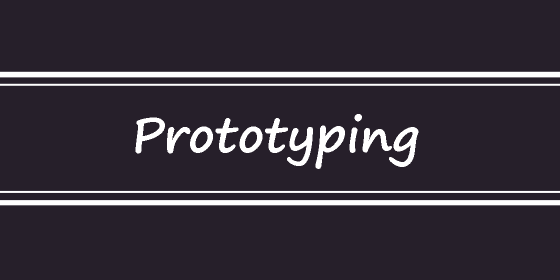Prototyping

Prototyping is the process of creating a tangible and functional representation of a product, service, or solution before its final development or production. It is a crucial step in the design and development process, allowing teams to test and validate ideas, gather feedback, and make improvements iteratively.
Prototypes can take various forms, depending on the nature of the project and the intended purpose of the prototype. Some common types of prototypes include:
- Low-Fidelity Prototypes: These are simple and rough representations of the concept, often created using sketches, paper, or digital wireframes. Low-fidelity prototypes are useful for early-stage exploration and concept validation.
- High-Fidelity Prototypes: These prototypes are more detailed and closely resemble the final product. They may include interactive elements, realistic graphics, and user interfaces. High-fidelity prototypes are used for more advanced testing and user feedback.
- Functional Prototypes: Functional prototypes are fully working models of the product or service, created to test its functionality and performance. These prototypes closely mimic the final product and may be used for usability testing and user acceptance.
Prototyping serves several important purposes in the design and development process:
- Concept Validation: Prototyping allows designers and stakeholders to test the feasibility and validity of their ideas before investing in full-scale development.
- User Testing: By creating a prototype, teams can gather feedback from potential users and identify usability issues, preferences, and pain points early in the process.
- Iterative Development: Prototyping supports an iterative approach to design and development, where improvements and refinements are made based on user feedback and testing.
- Reduced Risk and Cost: By uncovering issues and validating concepts early, prototyping helps reduce the risk of costly mistakes and ensures resources are invested wisely.
- Communication Tool: Prototypes serve as a powerful communication tool between designers, developers, and stakeholders, helping all parties visualize and understand the intended solution.
With the increasing availability of digital tools and technologies, prototyping has become more accessible and efficient. Designers can rapidly create and test prototypes, making it easier to explore multiple ideas and arrive at the best solution.
Overall, prototyping is an essential practice in the design and development process, enabling teams to create user-centered, functional, and successful products and services.